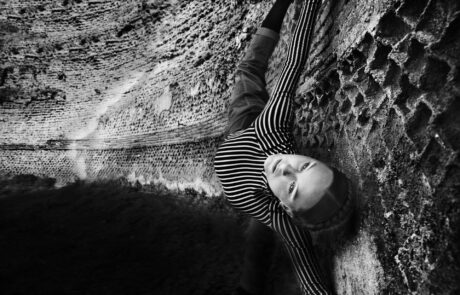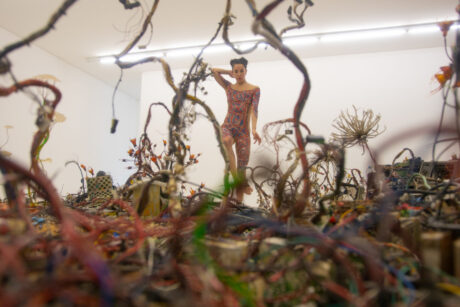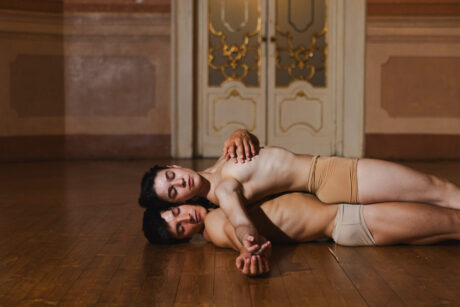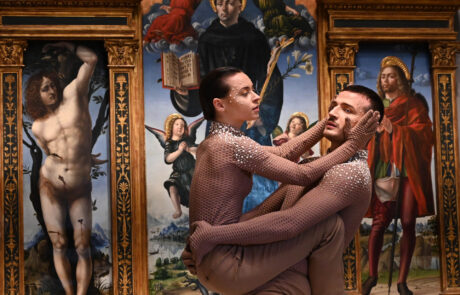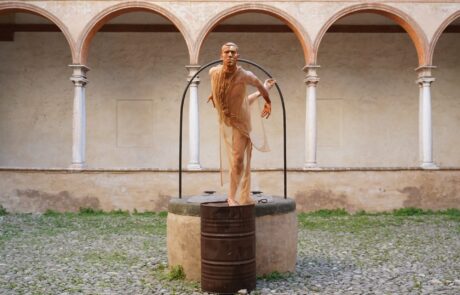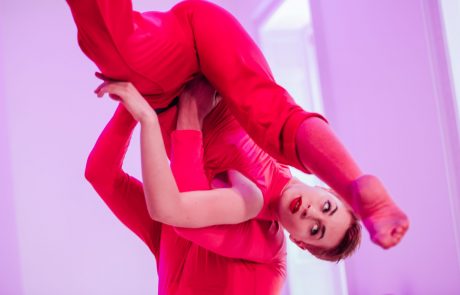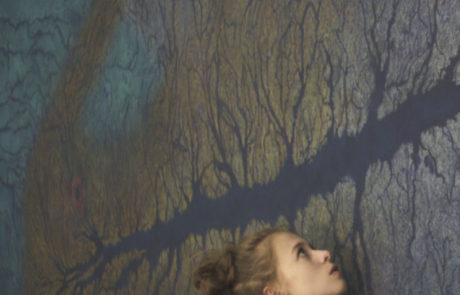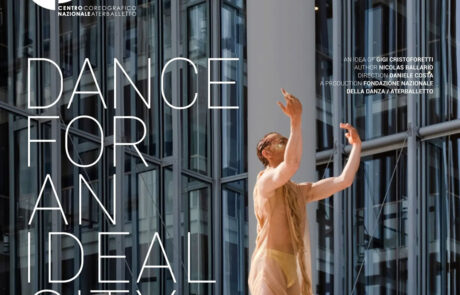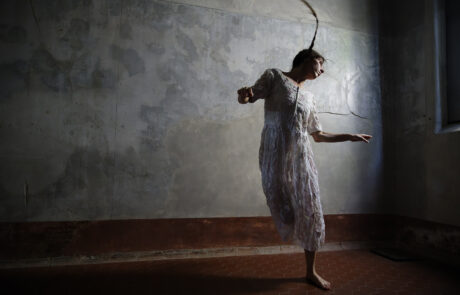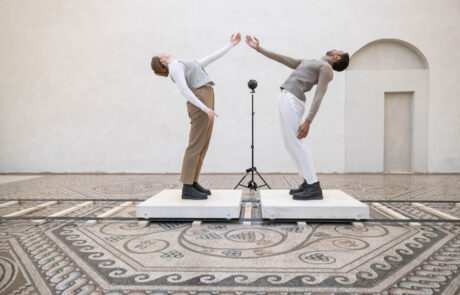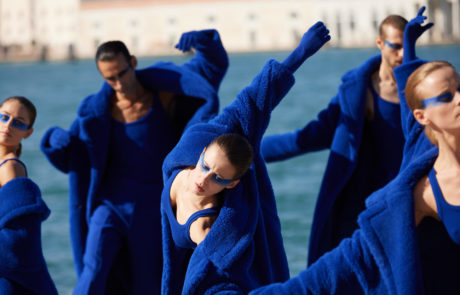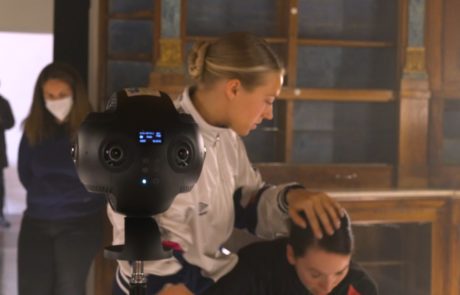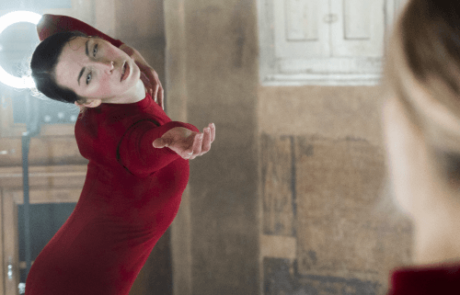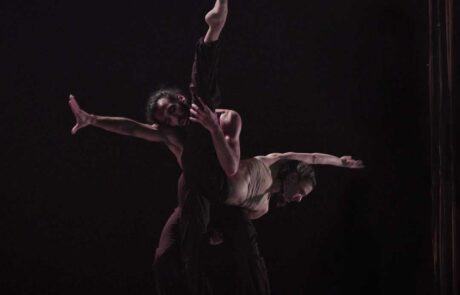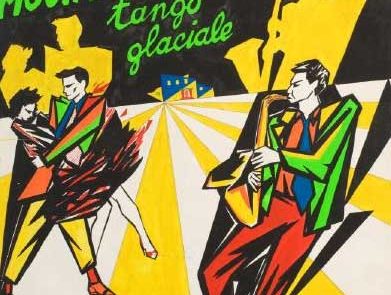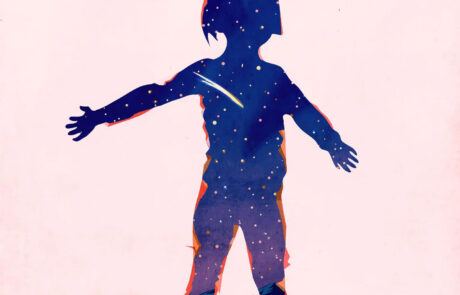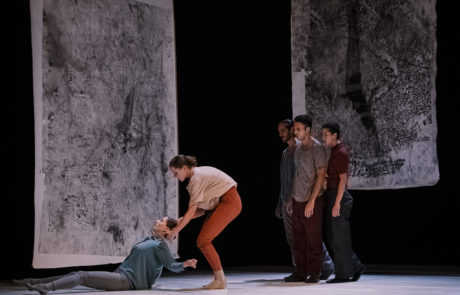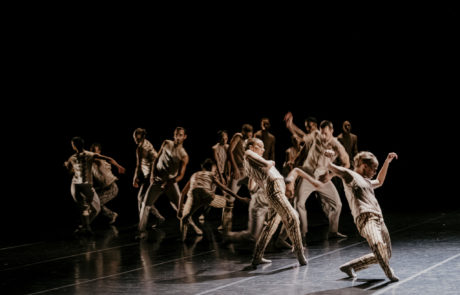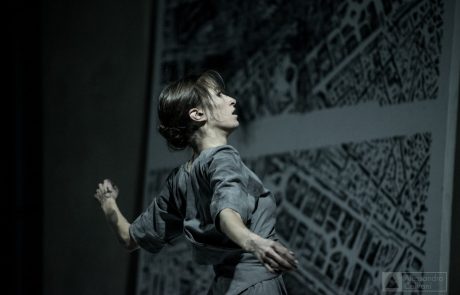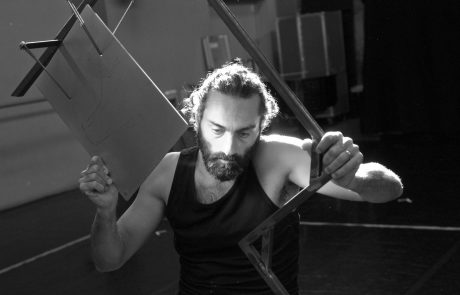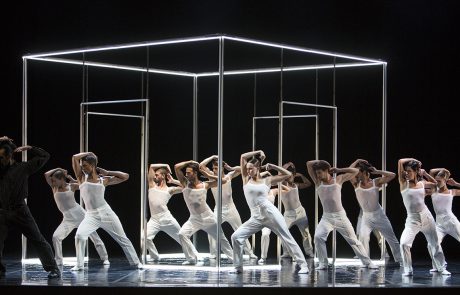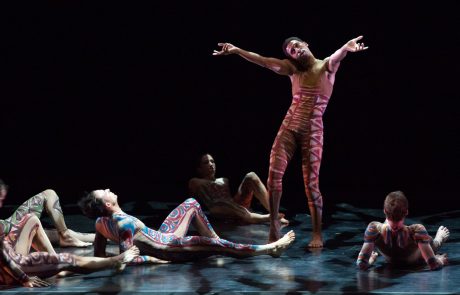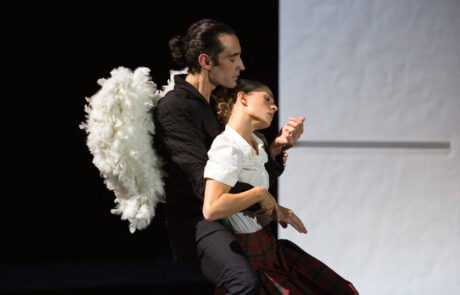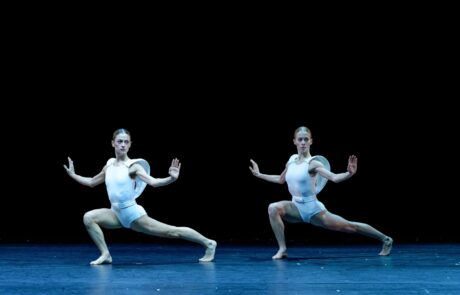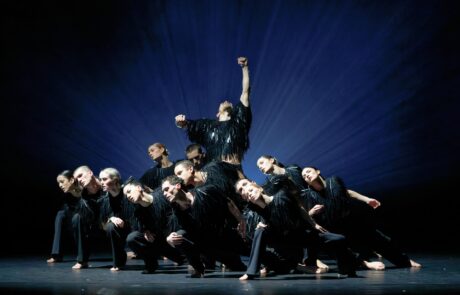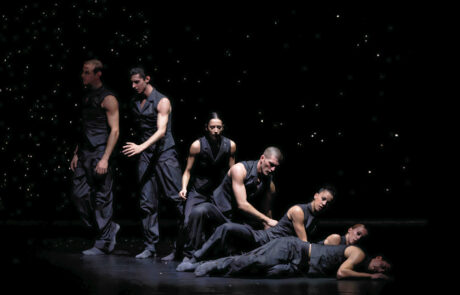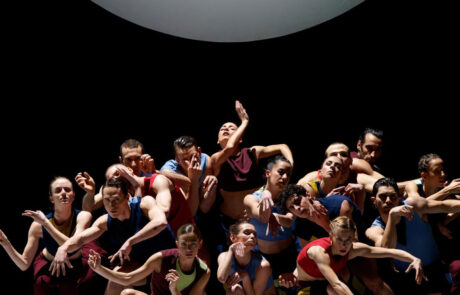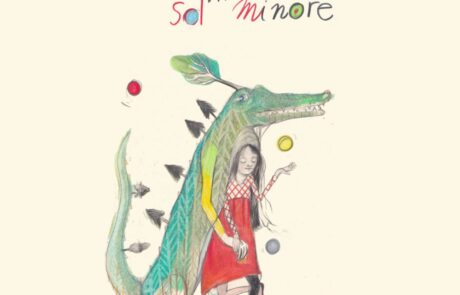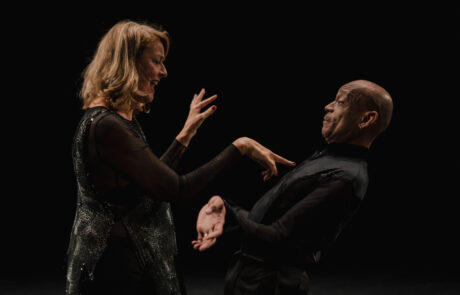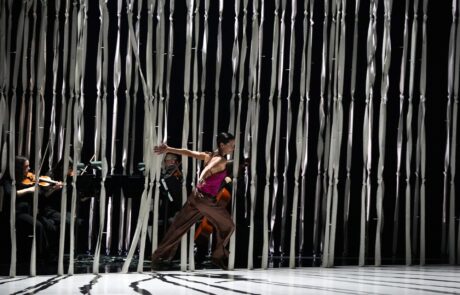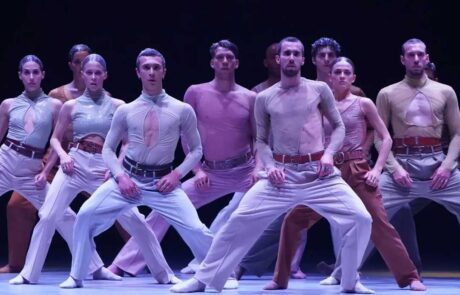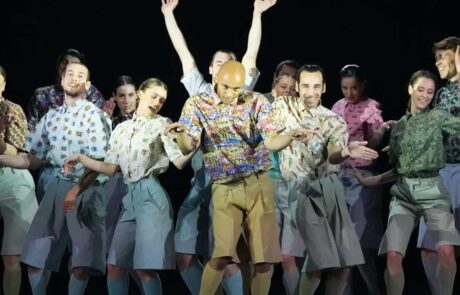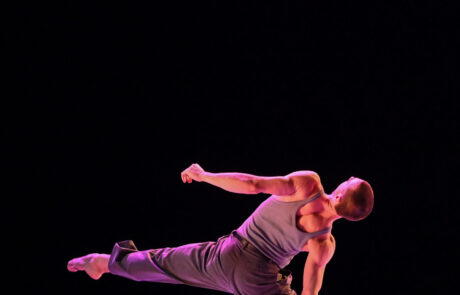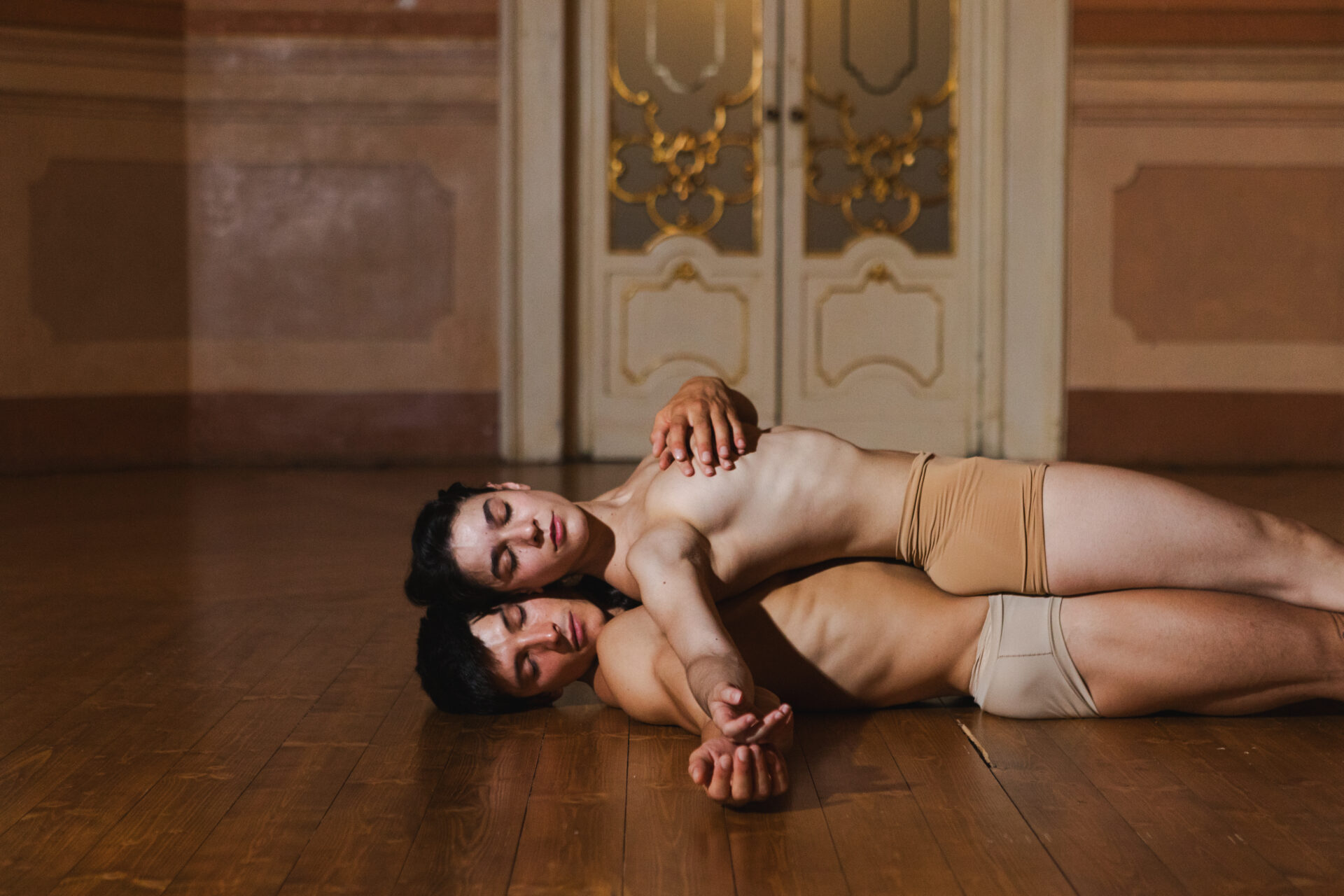IL COMBATTIMENTO DI TANCREDI E CLORINDA
Il Combattimento di Tancredi e Clorinda is a site-specific project aimed at enhancing Italian cultural heritage, combining contemporary dance and the baroque melodrama of Claudio Monteverdi.
The performance, directed by Fabio Cherstich and Philippe Kratz, is designed for staging in both theatrical settings and within museum and monumental heritage contexts.
With Il Combattimento di Tancredi e Clorinda, we bring to life an extraordinary literary text, famous music (on the four hundredth anniversary of its creation), a theatrical vision, and dance and vocal performers. This show is intended for special places, of great charm but also fragility, such as museums. It aims for a joint enhancement of the best this country can offer, in terms of “heritage” (the locations, but also the text and music) and “creation” (direction, choreography, and dance). For once, making history and contemporaneity coexist.”
Gigi Cristoforetti, Director of the National Choreographic Center / Aterballetto
Direction and visuals: FABIO CHERSTICH
Choreography and stage movements: PHILIPPE KRATZ
Music: IL COMBATTIMENTO DI TANCREDI E CLORINDA by CLAUDIO MONTEVERDI
Dancers: GADOR LAGO BENITO, ALBERTO TERRIBILE
Co-production: FONDAZIONE NAZIONALE DELLA DANZA / ATERBALLETTO, TEATRO REGIO DI PARMA / FESTIVAL VERDI, TORINODANZA FESTIVAL – TEATRO STABILE DI TORINO – TEATRO NAZIONALE, GHISLIERIMUSICA – CENTRO DI MUSICA ANTICA
Il Combattimento di Tancredi e Clorinda is a project aimed at promoting live performance activities in cultural institutions and venues, supported by the Direzione generale Musei and co-financed by the Direzione generale Spettacolo.
For the realization of the project, the National Museums of Perugia – Regional Directorate of National Museums of Umbria – and specifically the National Archaeological Museum and Roman Theater of Spoleto – have established, with the support of the Direzione generale Musei, a partnership shared by five other important cultural venues: Villa Pisani in Stra, the Castle and Park of Racconigi, the Swabian Castle of Bari, the Charterhouse of San Martino in Naples, and the Archaeological Park of Venosa; in addition to these, Castel Sant’Angelo in Rome will also host the initiative as part of the summer festival Sotto l’angelo di Castello.

SITE-SPECIFIC VERSION
- Church of Sant’Agata – National Archaeological Museum and Roman Theater of Spoleto (PG) – 12 September 2024 PREMIERE
- Castel Sant’Angelo in Rome – 13 September 2024
- Monumental Complex of the Castle and Park of Racconigi (CN) – 22 September 2024
- National Museum of Villa Pisani, Stra (VE) – 28 September 2024
- Charterhouse and Museum of San Martino, Naples – 03 October 2024
- Swabian Castle of Bari – 05 October 2024
- National Archaeological Museum “Mario Torelli” of Venosa (PZ) – 06 October 2024
- Kosmos – Museum of Natural History of the University of Pavia – 12 October 2024
- PREVIEW: Turin – Torinodanza Festival, Fonderie Limone – 20-21 September 2024
- PREMIERE: Parma – Festival Verdi, Teatro Farnese – 18-19 October 2024
The project is part of Italia Danza, a co-project by the Directorate General for Public and Cultural Diplomacy of Maeci and CCN/Aterballetto to promote Italy’s artistic heritage abroad.
In my vision of Il Combattimento di Tancredi e Clorinda, I imagine a confined and circular space where the proximity and resemblance of bodies play a crucial role. With choreographer Philippe Kratz, we explore the idea of bodies as mirrors, thus narrating a humanity in conflict with itself. Eros and Thanatos emerge as equally powerful forces, creating a paradoxical atmosphere in this perfectly balanced struggle between human beings.
In conceiving this new creation, I draw explicit inspiration from body art, particularly the works of Marina Abramović and Ana Mendieta, which explore the connection between the body, the earth, and primordial rites and origins. I want the combat to reflect the protagonists’ relationship with their surroundings, incorporating natural elements into their absurd dance of death.
A single voice will bring three characters to life: the text itself, Tancredi, and Clorinda will merge in the body and sound of a countertenor. This estranged sound, compelled by a circular path, creates a sensation of constant repetition, emphasizing the endless cycle of this love and death story, destined, unfortunately, to repeat through the centuries, reaching us with all its strength, the emanation of Tasso’s poetic power, and Monteverdi’s magnificent music.
Fabio Cherstich, Director
From the Tasso’s tale, transposed into music by Claudio Monteverdi, the most obvious themes are the struggle between man and woman and religious conversion, but these are also aspects that I find less intriguing: adapting them into dance would lead to a narrative of mere circumstances.
A more philosophical or psychoanalytic interpretation of this struggle, from which the two protagonists emerge defeated, deceived, and lonely, appears much more compelling to me. In the opposition of their roles lies a whole world: the seeking, the confronting, and the wounding of each other. The dynamic is that of a ritualistic and conflictual duel between two entities drawing near. The absurdity of the act is revealed when one of them loses their life, and we realize that the other, nevertheless, has not won… a deep and shared wound that remains on both bodies.
Are these then two individuals battling each other, or perhaps it is one person wrestling with themselves?
Philippe Kratz, Choreographer
The project of live dance and music in museums, Il Combattimento di Tancredi e Clorinda, marks a new milestone in the enhancement of cultural heritage through the integration of various art forms. Dance enriches the museum experience with its expressiveness and ability to engage, making it vibrant, dynamic, and accessible to all. The synergy among numerous institutions involved in the project allows us to present the performance in various cultural venues nationwide, establishing this initiative among the best practices of the National Museum System.
Massimo Osanna, Director General of Museums
Ministry of Culture
We are pleased that from a project—Italia Danza—born from the General Directorate for Public and Cultural Diplomacy to promote Italian contemporary dance abroad, a bridge has been built to bring this format into Italian museums through collaboration between Aterballetto and the General Directorate of Museums. For us, this new partnership confirms the value and modernity of the work that the General Directorate I represent carries out daily to promote Italian culture abroad.
Filippo La Rosa, Deputy Director General for Public and Cultural Diplomacy
Ministry of Foreign Affairs and International Cooperation
We are honored to lead such a virtuous project: building a national network to bring baroque melodrama, live music, dance, and contemporary direction into our museums is undoubtedly a valuable way to enhance our heritage. The Church of Sant’Agata, part of the National Archaeological Museum and Roman Theater of Spoleto, seemed the most suitable space to host Il Combattimento di Tancredi e Clorinda: a place capable of being an exceptional stage to offer viewers a unique experience of the convergence of past and present languages. The dancers will perform in an 11th-century environment, facing the new altarpiece created by artist Stefano di Stasio—a dialogue between ancient and contemporary that complements this project beautifully.
Costantino D’Orazio, Director of National Museums in Perugia –
Regional Directorate of National Museums Umbria
